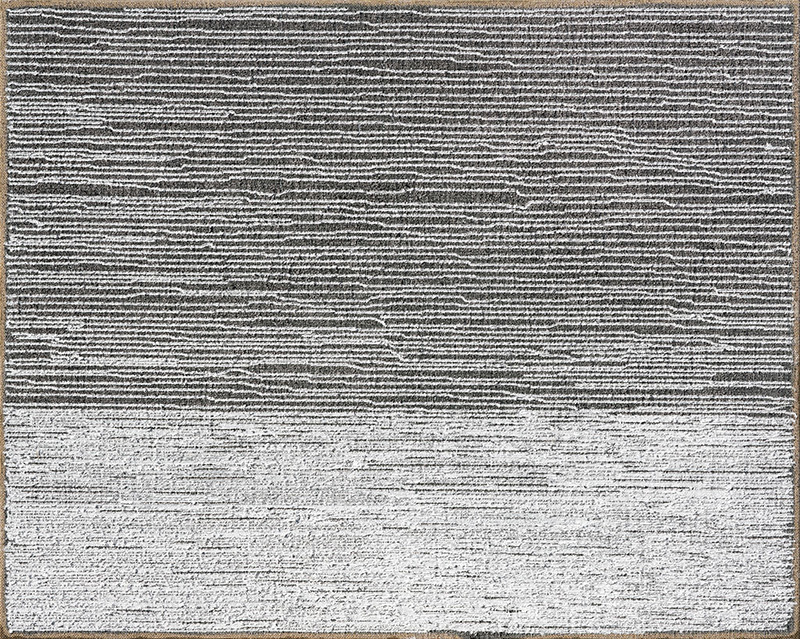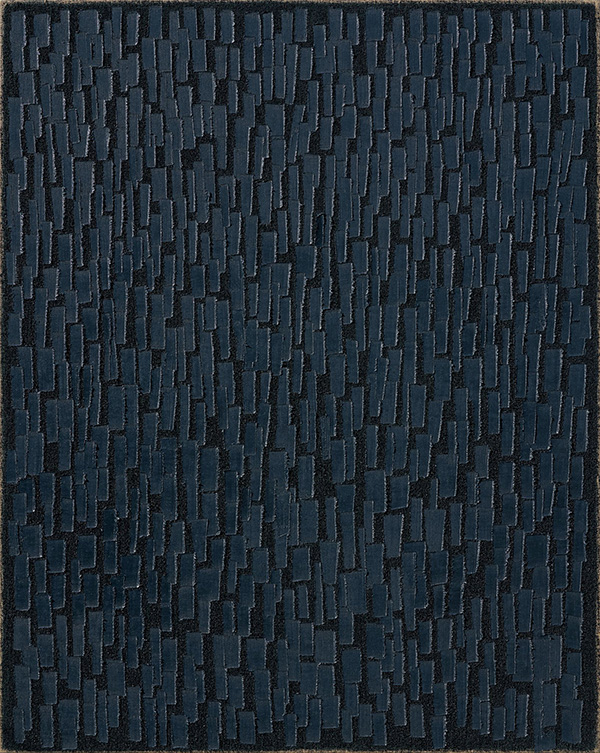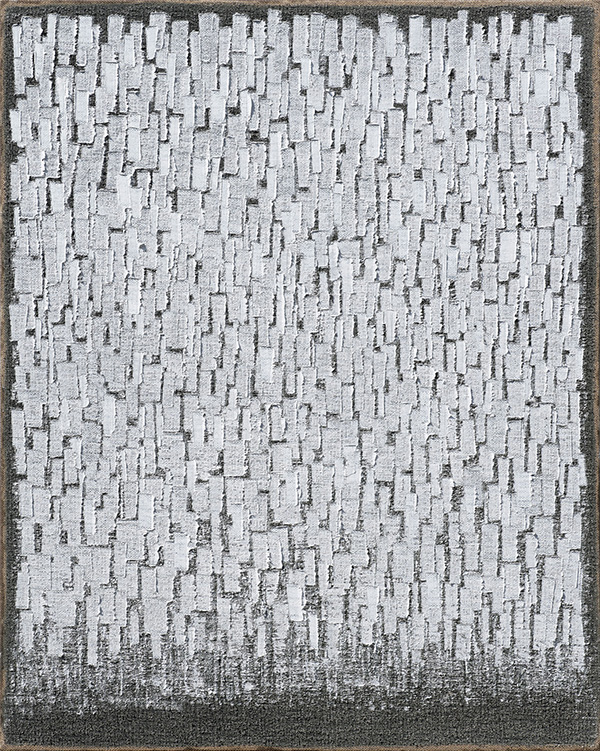ART CITIES:Paris-Ha Chong Hyun
 Ha Chong-Hyun is one of the leading figures of Dansaekhwa, he appeared in the art circle with works following the trend of Informel and then escaped from the painting trends in the late ‘60s. His meditative approach is realized in the earthy color and the coarse surface gained from the use of hemp cloth as the painting’s support.
Ha Chong-Hyun is one of the leading figures of Dansaekhwa, he appeared in the art circle with works following the trend of Informel and then escaped from the painting trends in the late ‘60s. His meditative approach is realized in the earthy color and the coarse surface gained from the use of hemp cloth as the painting’s support.
By Efi Michalarou
Photo: Almine Rech Gallery Archive
A solo exhibition with works of Ha Chong-Hyun is on Presentation at Almine Rech Gallery in Paris. In his early years, Ha Chong-Hyun already employed non-traditional materials such as plaster, barbed wire or the burlap used to transport food aid from the U.S.A. after the Korean War. Since the early ‘70s, he has been using the hemp cloth employed normally for rice bags, allowing him to paint without a paintbrush, just by applying of paint on the reverse of the canvas and pushing it until it penetrates the fabric and reaches the other side. His conception of painting has been described as both “a tool for meditation” and as “A bodily function”. In 1972, Ha Chong-Hyun made a small sculpture, which appears on its own as if anticipating his subsequent work as a painter. It consists of a hemp rope stretched across a wooden box so tightly that a few unraveling strands threaten to break the entire cordage.. An image of great tension and resistance, it epitomizes the artist’s practice and further announces his “Conjunctions”, a lifelong series of paintings, which was initiated in 1974 and is still ongoing to this day. Ha’s monochromatic “Conjunction” series are mostly produced in grayish white, earthy brown or black. “My paintings begin with burlap canvas as a ground color. So the paint has to go well with the color of hemp,” Ha said. “The white color resembles that of Korean porcelain and the brownish color comes from the earth. The black is the color of ‘giwa,’ or Korean traditional roof tile. These colors can be easily found around us and goes well with any environment”. Ha Chong Hyun’s “Conjunction” series started in 1974 and continued through 2009, for over 35 years, becoming the most representative work of Ha Chong Hyun. Ha Chong Hyun’s interest lies in the conversation with materials. In order to reveal the expressions the paint and the canvas make on their own, processes utilizing not only eyesight but tactile sense are also repeatedly carried out. The “Post-Conjunction” series that began in 2010 demonstrates that Ha is an artist who, despite his nearly 80 years of age, is still going forward on his path of relentless experimentation and growth. Apart from being an artist, Ha Chong Hyun also played an important role in the field of art as an educator who served as a professor at the College of Fine Arts, Hongik University for more than 40 years and as an administrator who headed the Seoul Museum of Art in 2001-06. Like other artists of Dansaekhwa, Ha’s process shows real evidence of a tactile, contemplative action and is concrete affirmation of the work’s physical presence. By the early ‘80s, Dansaekhwa was the first 20th Century Korean Art Movement to be known internationally.
Info: Almine Rech Gallery, 64 Rue de Turenne, Paris, Duration: 22/4-3/6/17, Days & Hours: Tue-Sat 11:00-19:00, www.alminerech.com


